Stewart Massie
CBR-RAG: Case-Based Reasoning for Retrieval Augmented Generation in LLMs for Legal Question Answering
Apr 04, 2024Abstract:Retrieval-Augmented Generation (RAG) enhances Large Language Model (LLM) output by providing prior knowledge as context to input. This is beneficial for knowledge-intensive and expert reliant tasks, including legal question-answering, which require evidence to validate generated text outputs. We highlight that Case-Based Reasoning (CBR) presents key opportunities to structure retrieval as part of the RAG process in an LLM. We introduce CBR-RAG, where CBR cycle's initial retrieval stage, its indexing vocabulary, and similarity knowledge containers are used to enhance LLM queries with contextually relevant cases. This integration augments the original LLM query, providing a richer prompt. We present an evaluation of CBR-RAG, and examine different representations (i.e. general and domain-specific embeddings) and methods of comparison (i.e. inter, intra and hybrid similarity) on the task of legal question-answering. Our results indicate that the context provided by CBR's case reuse enforces similarity between relevant components of the questions and the evidence base leading to significant improvements in the quality of generated answers.
Motion Detection using CSI from Raspberry Pi 4
Nov 17, 2021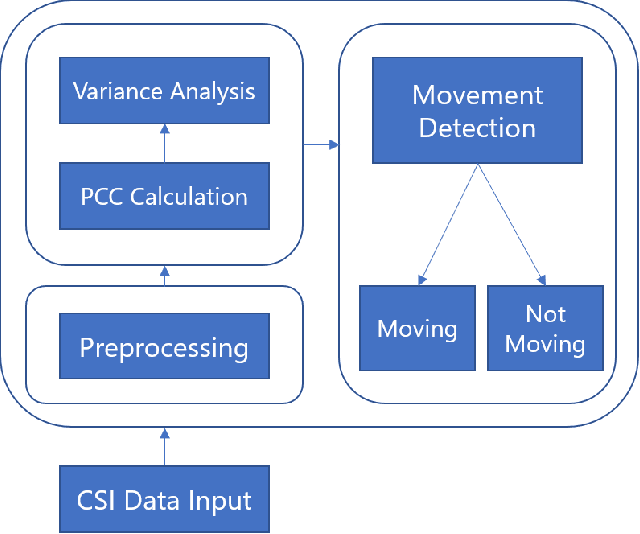
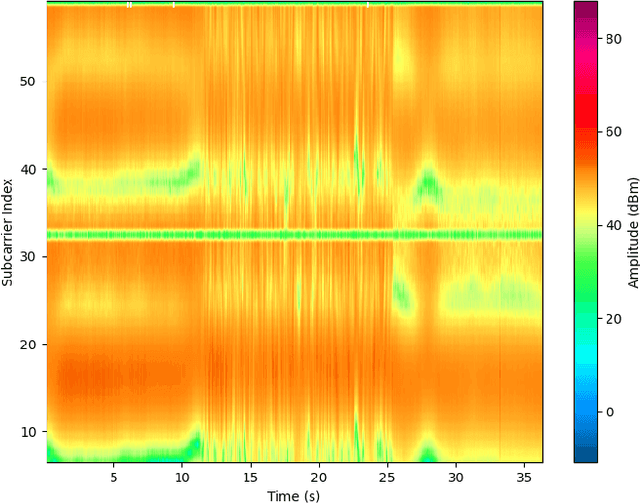
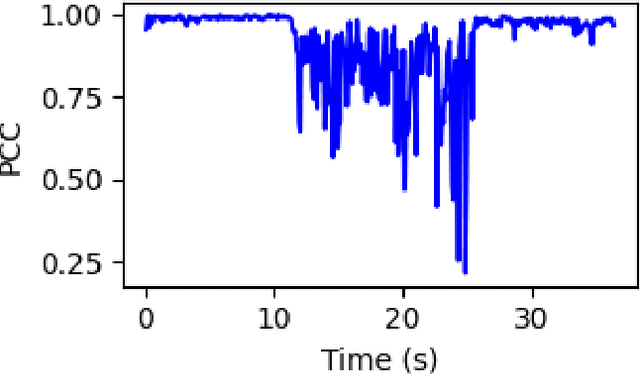
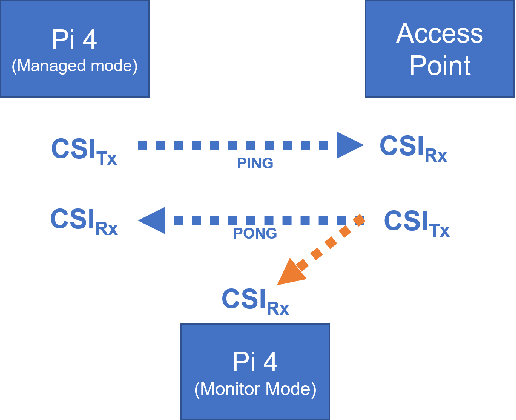
Abstract:Monitoring behaviour in smart homes using sensors can offer insights into changes in the independent ability and long-term health of residents. Passive Infrared motion sensors (PIRs) are standard, however may not accurately track the full duration of movement. They also require line-of-sight to detect motion which can restrict performance and ensures they must be visible to residents. Channel State Information (CSI) is a low cost, unintrusive form of radio sensing which can monitor movement but also offers opportunities to generate rich data. We have developed a novel, self-calibrating motion detection system which uses CSI data collected and processed on a stock Raspberry Pi 4. This system exploits the correlation between CSI frames, on which we perform variance analysis using our algorithm to accurately measure the full period of a resident's movement. We demonstrate the effectiveness of this approach in several real-world environments. Experiments conducted demonstrate that activity start and end time can be accurately detected for motion examples of different intensities at different locations.
Visualisation to Explain Personal Health Trends in Smart Homes
Sep 28, 2021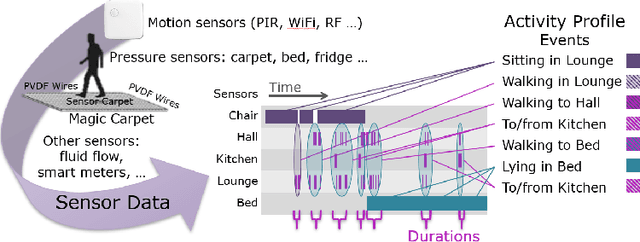

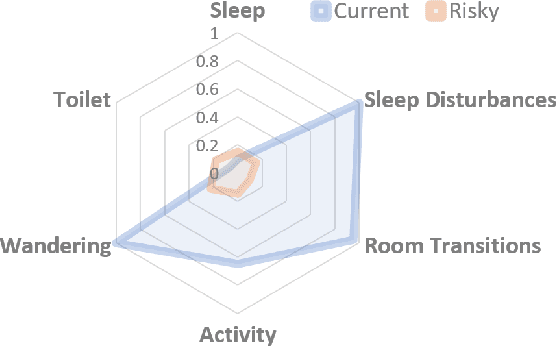
Abstract:An ambient sensor network is installed in Smart Homes to identify low-level events taking place by residents, which are then analysed to generate a profile of activities of daily living. These profiles are compared to both the resident's typical profile and to known "risky" profiles to support recommendation of evidence-based interventions. Maintaining trust presents an XAI challenge because the recommendations are not easily interpretable. Trust in the system can be improved by making the decision-making process more transparent. We propose a visualisation workflow which presents the data in clear, colour-coded graphs.
 Add to Chrome
Add to Chrome Add to Firefox
Add to Firefox Add to Edge
Add to Edge